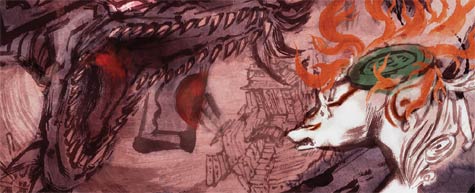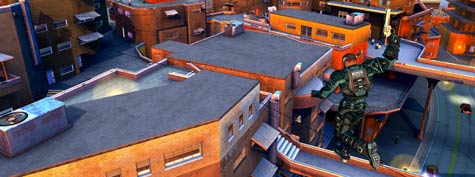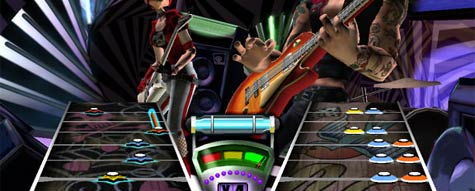Regarding the Pain of Others is a long-form essay by Susan Sontag, examining the representation of suffering (and notably warfare) through the display of photographs. Published in 2003, in many ways, it is a follow up to some of the ideas examined in her earlier On Photography.
On Photography is one of my favourite books on the subject; it made a deep impact at university, and I’ve been meaning to reread it for a while. Regarding the Pain of Others is interesting if only because (as later illustrated) Sontag revisits some of her arguments in that set of essays and questions them again, even disagreeing with her younger self – something that I’ve rarely seen a critic do.
It’s a slim book – around 100 pages – but it’s written very densely, with long, unbroken sentences and many subordinate clauses. At times, it feels like the book as a whole could have done with its screws being tightened, but Sontag’s language is clear and efficient; it was hard to quote short passages simply due to the number of themes being rammed together in single constructions. It clearly also took me time to get into it – most of my dog-eared pages are in the latter half of the book, even though there’s almost as much I could quote from the first half.
A worthwhile read, anyhow; lots of thought about the current media landscape, especially in America, even if at times Sontag is somewhat pessimistic about Western society as a whole. Despite it not being the easiest – or clearest – book to read on the train to work, it had a lot to say that resonated, and it provided much-needed historical context for the media of today.
On to the quotations:
p.60, on the similarity of “shooting a subject” and “shooting a human being:
“War-making and picture-taking are congruent activities: ‘It is the same intelligence, whose weapons of annihilation can locate the enemy to the exact second a meeter.’ wrote [Ernst] Jünger, ‘that labors to preserve the great historical event in fine detail.'”
p.67, on the contradictory nature of photography-as-reportage and photography-as-beautiful-artefact:
“The concern is that the images to be devised won’t be sufficiently upsetting: not concrete, not detailed enough. Pity can entail a moral judgment if, as Aristotle maintains, pity is considered to be the emotion that we owe only to those enduring undeserved misfortune. But pity, far from being the natural twin of fear in the dramas of catastrophic misfortune, seems dilute – distracted – by fear, while fear (dread, terror) usually manages to swamp pity. Leonardo is suggesting that the artist’s gaze be, literally, pitiless. The image should appall, and in that terribilità likes a challenging kind of beauty.”
p.70, on Sebastião Salgado’s portraits:
“It is significant that the powerless are not named in the captions. A portrait that declines to name its subject becomes complicit, if inadvertently, in the cult of celebrity that has fueled an insatiable appetite for the opposite sort of phootgraph: to grant only the famous their names demotes the rest to representative instances of their occupations, their ethnicities, their plights.”
p.76, on the familiarity of certain photographs as cultural artifacts:
“…photographs help construct – and revise – our sense of a more distant past, with the posthumous shocks engineered by the circulation of hitherto unknown photographs. Photographs that everyone recognizes are now a constituent part of what a society chooses to think about, or declares that it has chosen to think about. It calls these ideas ‘memories’, and that is, over the long run, a fiction. Strictly speaking, there is no such thing as collective memory – part of the same family of spurious notions as collective guilt. But there is collective instruction.”
p.79, on the nature of memory (and with an awkward opening line, to say the least):
“Even in the era of cybermodels, what the mind feels like is still, as the ancients imagined it, an inner space – like a theatre – in which we picture, and it is these pictures that allow us to remember. The problem is not that people remember through photographs, but that they remember only the photographs. This remembering through photographs eclipses other forms of understanding, and remembering.”
p.94
“In the first of the six essays in On Photography (1977), I argued that while an event known through photographs certainly becomes more real than it would have been had one never seen the photographs, after repeated exposure it also becomes less real. As much as they create sympathy, I wrote, photographs shrivel sympathy. Is this true? I thought it was when I wrote it. I’m not so sure now. What is the evidence that photographs have a diminishing impact, that our culture of spectatorship neutralizes the moral force of photographs of atroicities?”
p.100, on the danger of juxtaposing images of suffering:
“…the Sarajevans did want their plight to be recorded in photographs: victims are interested in the representation of their own sufferings. But they want the suffering to be seen as unique. In early 1994, the English photojournalist Paul Lowe, who had been living for more than a year in the besieged city, mounted an exhibit at a partly wrecked art gallery of the photographs he had been taking, along with photographs he’d taken a few years earlier in Somalia; the Sarajevans, though eager to see new pictures of the ongoing destruction of their city, were offended by the inclusion of the Somalia pictures. Lowe had thought the matter was a simple one. He was a professional photographer, and these were two bodies of work of which he was proud. For the Sarajevans, it was also simple. To set their sufferings alongside the sufferings of another people was to compare them (which hell was worse?), demoting Sarajevo’s martyrdom to a mere instance […] is intolerable to have one’s own sufferings twinned with anybody else’s.”
p.103, on the problem that photographs suggest that as a society, we should “never forget”:
“…history gives contradictory signals about the value of remembering in the much longer span of a collective history. There is simply too much injustice in the world. And too much remembering (of ancient grievances: Serbs, Irish) embitters. To make peace is to forget. To reconcile, it is necessary that memory be faulty and limited.”
p.105, on the frustration of viewing images of suffering throughout the media:
“The frustration of not being able to do anything about what the images show may be translated into an accusation of the indecency of regarding such images, or the indecencies of the way such images are disseminated – flanked, as they may well be, by advertising for emollients, pain relievers and SUVs. If we could do something about what the images show, we might not care as much about these issues.”
p.108, on attempting to display photographs:
“Much of the current skepticism about the work of certain photographers of conscience seems to amount to little more than displeasure at the fact that photographs are circulated so diversely; that there is no way to guarantee reverential conditions in which to look at these pictures and be fully responsive to them. Indeed, apart from the settings where patriotic deference to leaders is exercised, there seems no way to guarantee contemplative or inhibiting space for anything noww.


